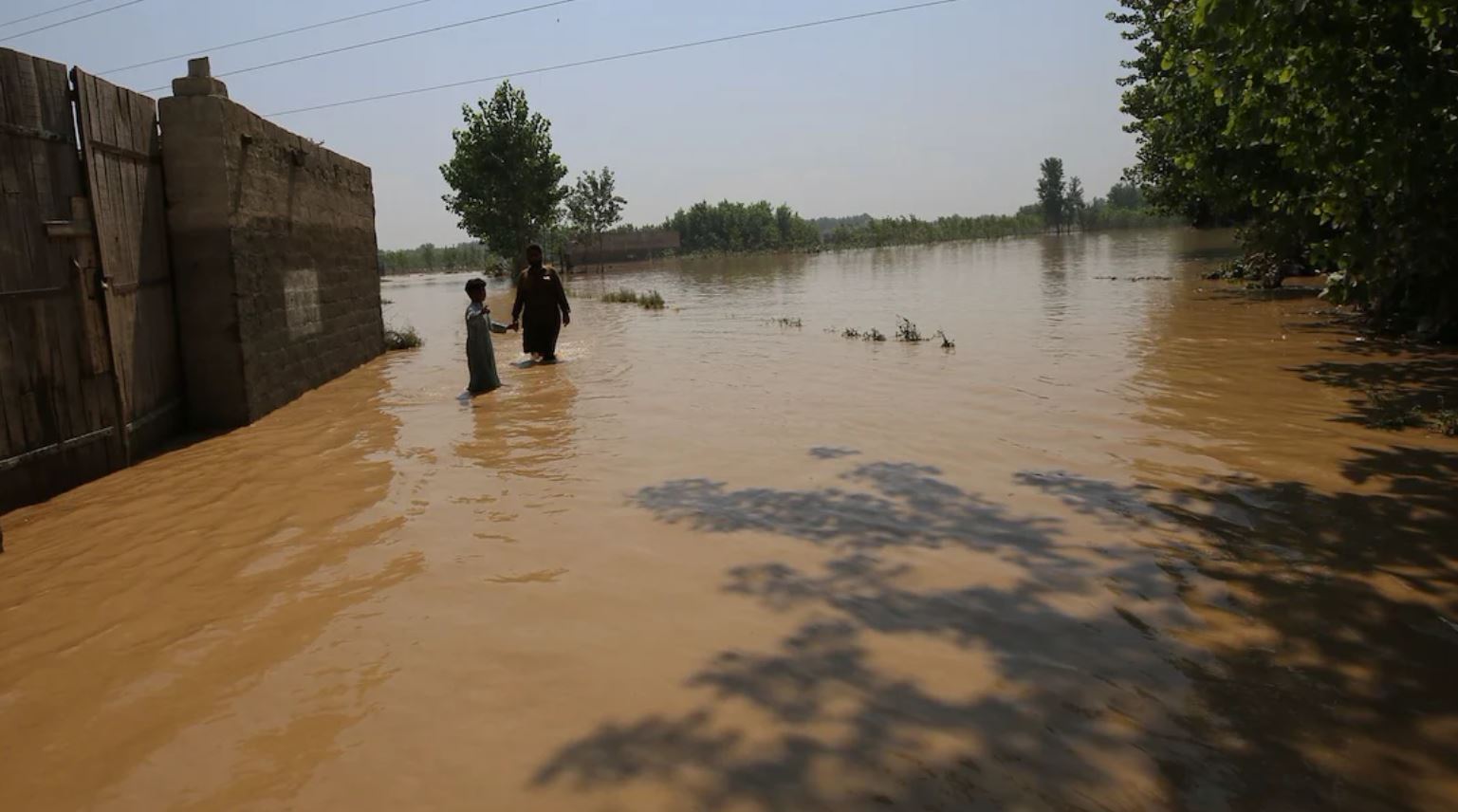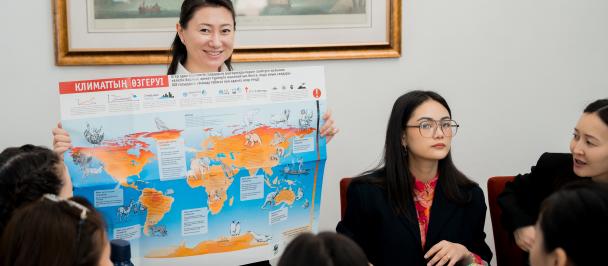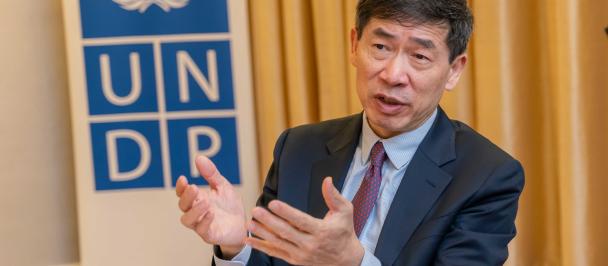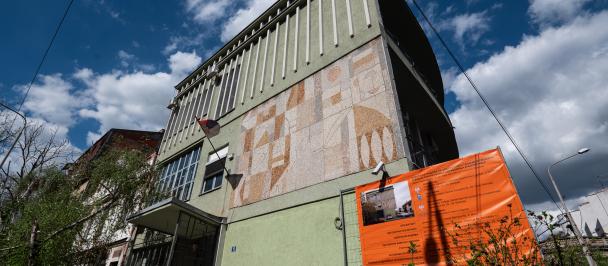UNDP Asia and the Pacific’s Climate Finance Network (CFN) initiative which supports countries in their efforts to promote and scale climate finance innovations in the region with assistance from Sweden and the United Kingdom, is convening a Regional Dialogue and Knowledge Exchange on Climate Finance in Bangkok on 3-5 October 2022. The event will bring together stakeholders from the public and private sector along with civil society, think tanks and academia, and development partners to forge a whole of society approach on mobilizing financing for climate action.
Climate Finance Network explores Innovations and Impact Investments to fund climate response across Asia-Pacific
September 30, 2022

13 of the 30 countries most vulnerable to the impacts of climate change are in Asia and the Pacific.
Climate change is here and now, with the vulnerable carrying the consequences
From the record-breaking heatwaves and floods in Pakistan and India, frequent cyclones across the Bay of Bengal, and the super typhoon smashing into the Philippines, extreme weather linked to climate change is impacting the lives of millions of people in the Asia-Pacific region.
In fact, 13 of the 30 countries most vulnerable to the impacts are in Asia and the Pacific. Such events disproportionately affect marginalised groups – the poor, women, and communities living in climate-vulnerable areas without adequate resources to cope with the damage to property and livelihoods.
Climate-responsive finance at scale is an imperative
For many countries across Asia and the Pacific, domestically mobilized resources, particularly through the national budget, are a major source of financing to support these vulnerable communities.
These budgets are now under significant pressure from COVID-19, the recent global food and fuel price shocks, and from knock-on impacts of the downturn in global financial markets. Moreover, the investment required is too immense and the situation too grave to rely solely on domestic government resources or to take on more debt.
Climate public finance – provided by local and national governments and bilateral and multilateral entities to support mitigation and adaptation remains the single largest source of climate finance, explained Asad Maken, Governance and Public Finance Management Specialist at the UNDP Climate Finance Network based in Bangkok.
“Given the scale of the funds required, however, it is critical for countries to explore both traditional and innovative sources of financing such as Green Bonds and SDG bonds, impact investments and improve access to international climate finance,” he said.
That said, while countries in the region have made significant progress in making their budgets and plans more climate responsive, as evident from a global review which was recently conducted, there is scope to improve climate-responsive public investments.
This includes the case of Indonesia where climate budget tagging has also facilitated the selection of projects for the issuance of green sukuks through which Indonesia has mobilized over USD 5.8 billion to date for green initiatives, or Bangladesh where 25 ministries report on their climate-responsive work (see Climate Financing for Sustainable Development 2020-21).
In Nepal and Cambodia, better access to climate finance for women and citizen budgets have led to improved accountability and transparency. Experience sharing by the Ministries of Finance in earlier dialogues in 2015 and 2018 led to a wider adoption of the practice of climate budget tagging (CBT), with Pakistan drawing on experiences from Nepal, and later Fiji and Tonga building on Pakistan’s and Bangladesh’s experience. CBT helps governments to identify and track climate related allocations and (in some cases) expenditures.
While it is increasingly being recognized that the private sector can play a significant role in combating climate action, evidence suggests that investment is skewed towards mitigation (cutting emissions) and investment opportunities are hindered by perceived risks and the need for a more substantial pipeline of bankable projects.
With support from Sida (Sweden’s government agency for development), UNDP’s climate programming focuses on supporting countries in identifying how to make the design of climate finance more socially inclusive and gender-responsive.
Shared challenges and significant scope for South-South cooperation
As many countries in Asia and the Pacific face share multiple, interlinked financial, climate and development challenges in which climate change is a fundamental threat to sustainable development and the achievement of the SDGs, South-South dialogue and exchange is a key feature of the 2022 CFN Regional Dialogue, which follows on an earlier dialogue in2018 . The CFN platform provides an opportunity for dialogue and knowledge exchange and is critical for countries to identify how they can address capacity gaps, accelerate learning, work collaboratively to leverage innovative financing solutions and international finance.
“The urgency to effectively act at scale to combat and adapt to climate change makes it even more important for countries in Asia Pacific to work together and learn from each other’s experiences. The CFN will concretely contribute to this” said Christophe Bahuet, Deputy Director at UNDP’s Regional Bureau for Asia Pacific.
The stakes are high. Failure to meet the challenge of climate change risks the reversal of gains in the fight against poverty, hunger, disease, and the livelihoods of millions of people in Asia Pacific and the global South.

 Locations
Locations


